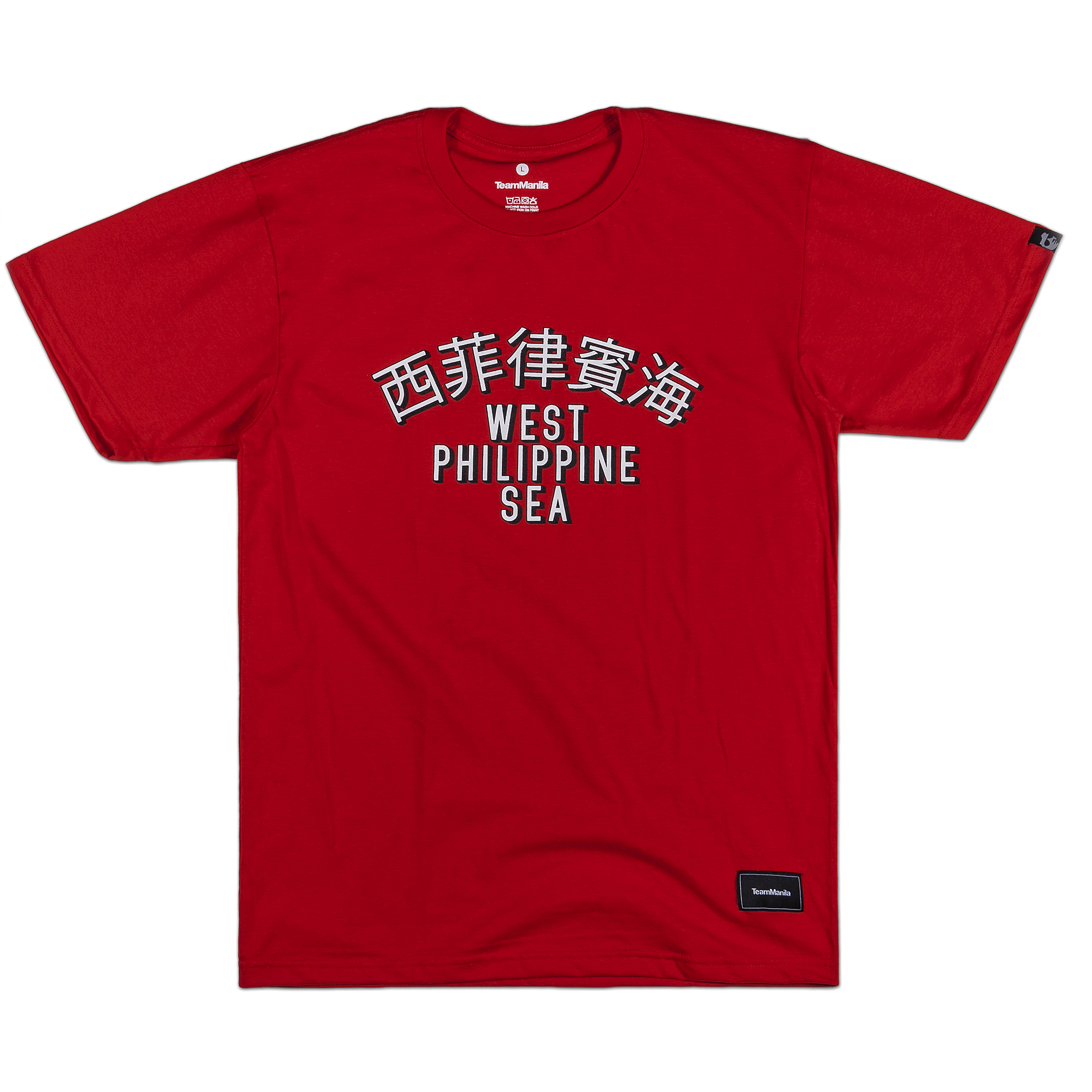TeamManila Hitlist: What Watawat? A Guide to the Philippine Flag
Do you know that aside from Philippine Independence, we also celebrate the Philippine Flag every June 12? On the declaration of our Independencia in 1898, the Philippine Flag was flown for the first time in Kawit, Cavite by Emilio Aguinaldo thus commemorating the memorial piece of silk.
Designed by Emilio Aguinaldo himself, the Philippine flag was handsewn in Hong Kong by Dona Marcela de Agoncillo, Lorenza Agoncillo, and Delfina Herbosa de Natividad. This was first displayed in battle in May 28, 1898.
A symbol of freedom and patriotism, it is proper that we give honor to our national flag. Start easy by reading on this TeamManila Hitlist we’ve prepared for you. We’ve got the coolest facts and trivia on our watawat so come and read below.
1. The Philippine Flag’s Symbolism
The sun, which consists of eight rays, represents Manila, Cavite, Bulacan, Pampanga, Nueva Ecija, Tarclac, Laguna, and Batangas. These are the first cities that started the 1896 Philippine Revolution.
The three stars symbolize Luzon, Panay, and Mindanao (which is later changed to Luzon, Visayas, and Mindanao), the first three regions that fought in the Revolution.
2. The Philippine Flag’s Colors
The original shades of red and blue were attempted to be changed by President Ferdinand Marcos in 1985. Fortunately, this was rejected by the EDSA Revolution. However during the centennial year of independence in 1998, the navy blue was replaced with royal blue.
The white portion of the flag represents the Katipunan. Placed in an inverted triangular shape, this white portion also refers to the “Eye of Providence” which inspired the Katipunan’s ideologies, traditions, and rituals.
The original Philippine flag (seen above) is currently displayed at the War Memorial Trophy Room in San Francisco, USA. Photo via My Planet Philippines.
3. The Philippine Flag’s Influence
The flag’s design was inspired by the American flag as a means of “profound gratitude” towards the country. Emilio Aguinaldo decided that this was necessary as it honors the US for its disinterested protection of the Philippines.
On the other hand, the original design had a mythical sun with a face which was influenced by Latin American republics specifically Argentina, Peru, and Uruguay.
4. More Philippine Flag Trivia
* It took five days to sew the Philippine flag. It was originally made of silk.
* The flag should be hoisted with blue on the upper side during times of peace and red in times of war.
* The ratio of the flag is believed to be 2:3 up to 1:3.
* The largest Philippine flag in Asia measures 180 by 92 meters with a weigh of 3.8 tons. It costs almost 30 million.
* In 1907, the flag was banned in the Philippines under the Flag Law passed by the colonial rule of the USA. The law was lifted after 11 years.
Maligayang Kalayaan!
Categories Hitlist





